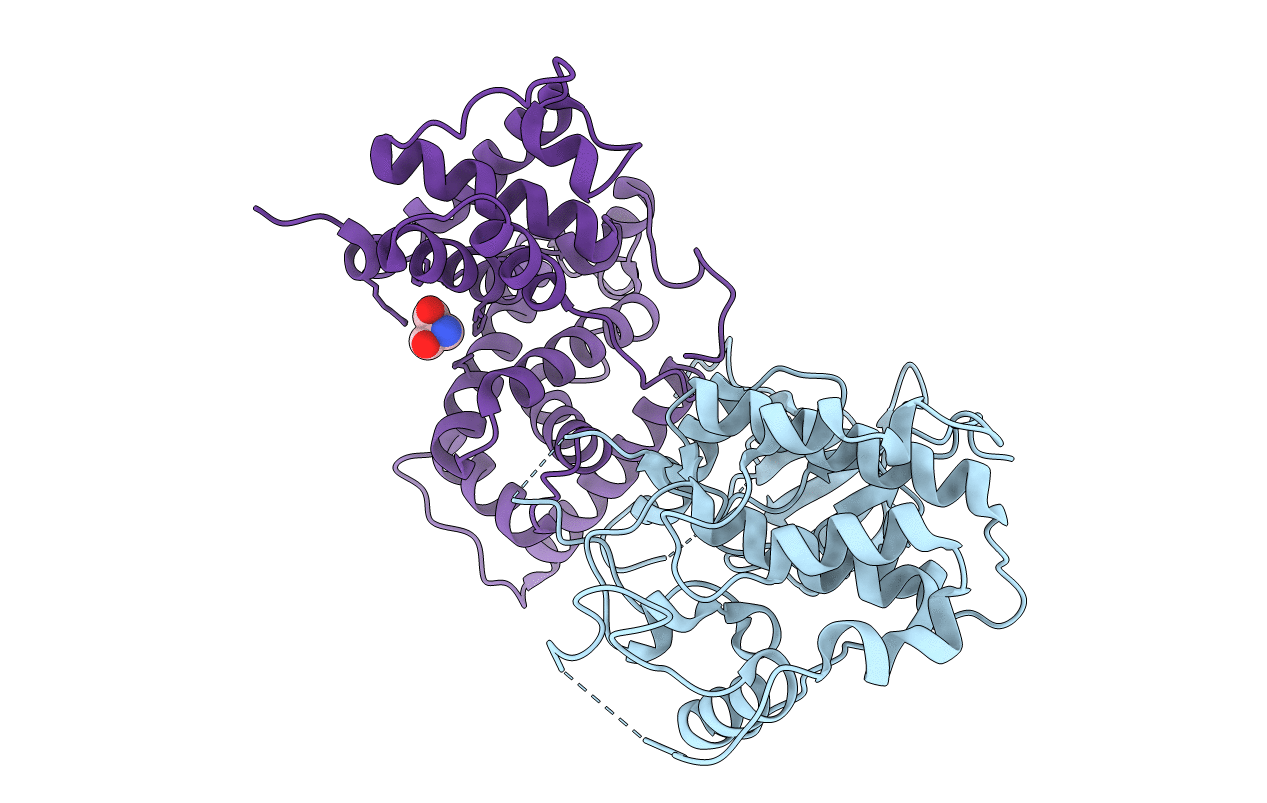
Deposition Date
2007-12-11
Release Date
2008-07-01
Last Version Date
2024-10-30
Method Details:
Experimental Method:
Resolution:
2.48 Å
R-Value Free:
0.22
R-Value Work:
0.17
Space Group:
H 3


